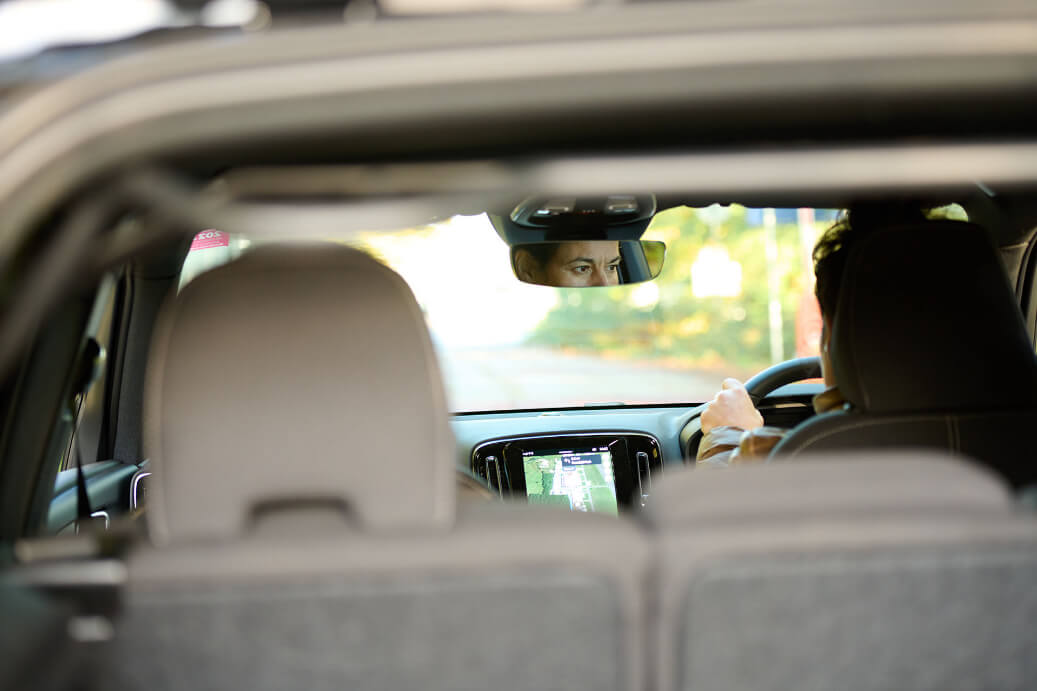Motorists are being urged to watch out for pedestrians as the 120th anniversary approaches of the first person in the UK to be killed in a road crash
Bridget Driscoll, 44, unfortunately made history when she died on August 17, 1896 after being hit by a new petrol-engined car as she crossed Dolphin Terrace in the grounds of Crystal Palace in London.
The mother-of-three, who would have been unaccustomed to seeing a car in the street, was struck by the vehicle belonging to the Anglo-French Motor Carriage Company.
It was being used to give demonstration rides and the driver was later accused of travelling at the “reckless” speed of 4mph.
At Mrs Driscoll’s inquest, the coroner said he hoped “such a thing would never happen again”.
“The coroner’s wish unfortunately never came true and there have been more than half-a-million deaths on the road since that day 120 years ago,” said TTC Group, which educates 330,000 people each year to reduce road casualties.
Pedestrians are some of the most vulnerable road users, he said, with more than 400 killed every year.
“Although this number is greatly reduced from 1,934 when half of the 7,343 road deaths were made up of pedestrians, it is still a really sombre statistic,” said TTC.
Keeping a good distance from the vehicle in front and watching out for vulnerable road users, such as motorcyclists, cyclists, horse-riders and pedestrians, is an essential skill for every motorist.
“We have to share the road space safely with each other. Be aware of what is around you. Always maintain a safe distance, this gives us time to respond to any incident and helps to make sure you can stop in plenty of time,” said TTC.
But some motorists are unaware of ‘time and space’ and the distance a car continues to travel once the brakes are applied, he warned.
Drivers can feel very detached from the outside environment and misjudge safer following distances. If you are following traffic then you should be at least 2 seconds behind in dry weather, if the road is wet this should be doubled.
At 30mph, the overall stopping distance is around 75ft or 23 metres, that’s over 2 bus lengths, and that’s with ideal road and weather conditions. A car moving at just 30mph travels over a bus length every second.
People can take steps to improve their driving skills and avoid mistakes and misjudgements which lead to crashes by taking a ‘refresher’ or advanced driving course. Companies can also help improve staff safety and reduce insurance costs by enrolling staff on corporate driving courses and there are also courses for safer cycling for commuters and leisure cyclists.

